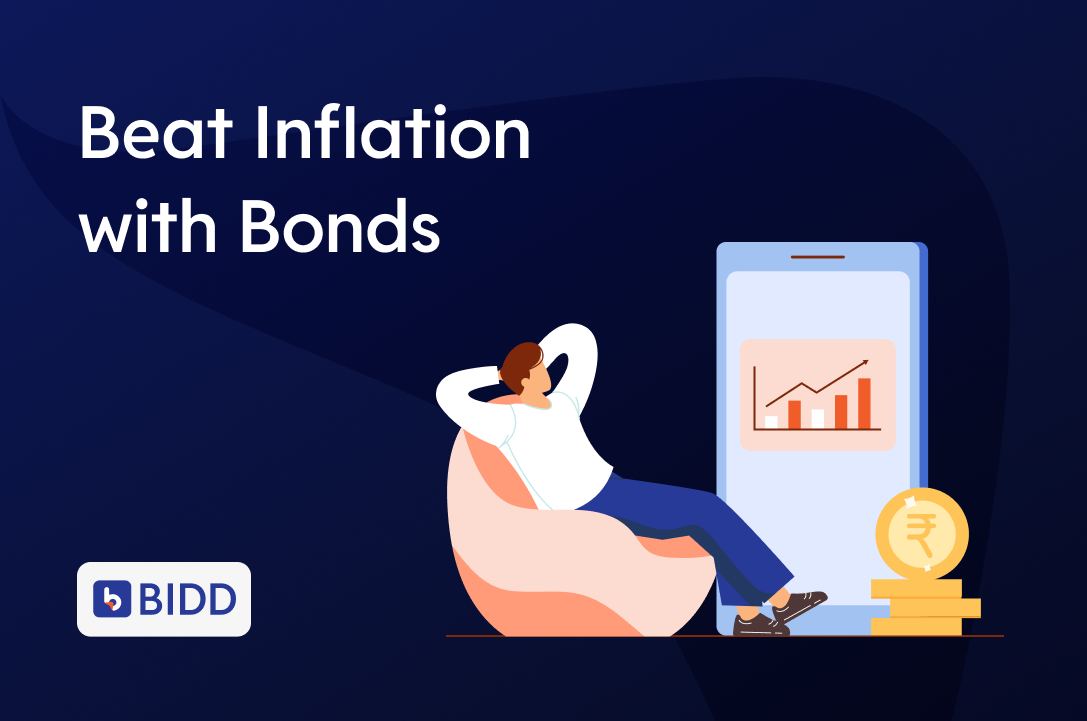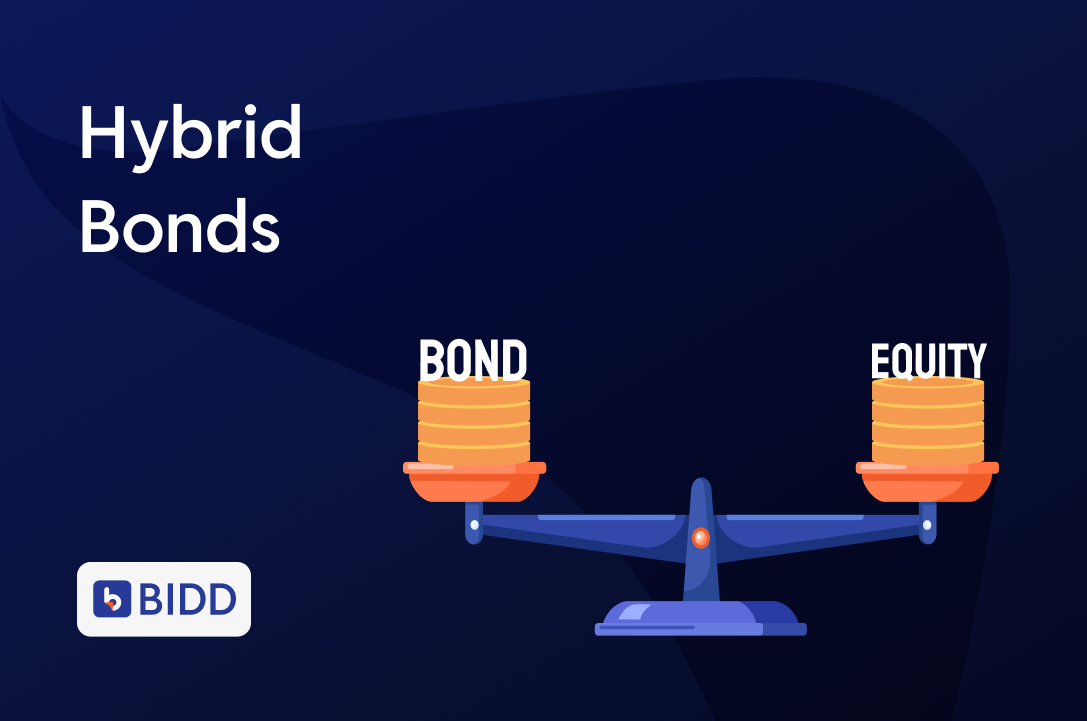Why Growing Your Money Isn’t Enough — You Also Need to Protect Its Value
Let’s Start with a Quick Question:
You invest ₹1 lakh in a bond offering 8% interest.
You’re expecting ₹8,000 in annual income.
But inflation is running at 6%.
So what are you really earning?
Here’s a hint: it’s not 8%.
Let’s unpack why — and how you can make better investment decisions.
What Exactly Is “Real Return”?
Real Return = Nominal Return – Inflation
If your bond gives ₹8,000 a year, but everything you buy costs ₹6,000 more than last year, your effective gain is only ₹2,000.
It’s not just about earning more.
It’s about what your earnings can actually buy in a rising-cost world.
Why Inflation Matters
Inflation slowly erodes your money’s value.
It’s like a slow puncture in your financial tyre.
Example:
- Nominal return = 9%
- Inflation = 7%
- Real return = 2%
Now flip it:
- Nominal return = 6%
- Inflation = 7%
- Real return = –1%
You’re technically earning — but in real terms, you’re losing value.
Bonds and Real Return: What You Need to Know
Not all bonds respond to inflation the same way.
1. Fixed-Rate Bonds
- Pay a constant coupon (e.g. 8%) annually
- If inflation rises, real return falls
- Ideal when inflation is stable or declining
2. Floating-Rate Bonds
- Coupon adjusts based on market interest rates
- Helpful in rising-rate environments
- May not always match real inflation, but offer better inflation protection than fixed-rate bonds
3. Inflation-Linked Bonds (ILBs)
- Returns tied directly to inflation indices
- Designed to preserve purchasing power
- Limited availability in India, but an important option globally
Real-Life Comparison
| Bond | Coupon | Inflation | Real Return |
| A | 7.50% | 5% | 2.50% |
| B | 9% | 8% | 1% |
| C | 6% | 7% | –1% |
Lesson: Don’t just chase high interest.
A bond offering lower nominal returns might actually leave you with more real wealth.
How to Beat Inflation with Bonds
Choose Higher-Yield Bonds — But Wisely
Look for:
- Trusted issuers
- Listed bonds with strong liquidity
- High yield balanced with good credit quality
Diversify Bond Types
Mix fixed-rate, floating-rate, and short-duration bonds.
Each responds differently to inflation trends.
Match Investment Horizon
- Short-term goal? Inflation impact is limited
- Long-term goal? Prioritise higher real return potential
Reinvest Your Coupons
Reinvesting interest income compounds your returns — helping you stay ahead of inflation over time.
Bonus Tip: Compare with FD and Savings Rates
Many investors rely on FDs yielding 6% while inflation is at 6.5%.
That’s a negative real return.
Explore bonds that offer better post-tax and post-inflation outcomes.
In the long run, beating inflation is not optional — it’s essential.
Quick Recap: Real vs Nominal Return
| Return Type | Meaning |
| Nominal | The raw interest you earn |
| Real | Actual value after adjusting for inflation |
Focus on real returns — they show what your money can actually buy.
Final Thoughts
Inflation is the silent enemy of every investor.
Bonds can be a powerful tool to grow wealth — but only when chosen with care.
So before saying:
“This bond gives 9%!”
Ask yourself:
- What’s the current inflation rate?
- What’s my real return?
- Will this investment preserve or lose purchasing power?
Because in investing, success isn’t just about growth.
It’s about what your growth is really worth.
Smart investors look beyond numbers.
They track real return.
They beat inflation.
They build wealth with intention.
Disclaimer: This blog is intended solely for educational and informational purposes. It should not be construed as investment advice, a recommendation, or an offer to buy or sell any financial products. Please consult a registered financial advisor before making any investment decisions.




